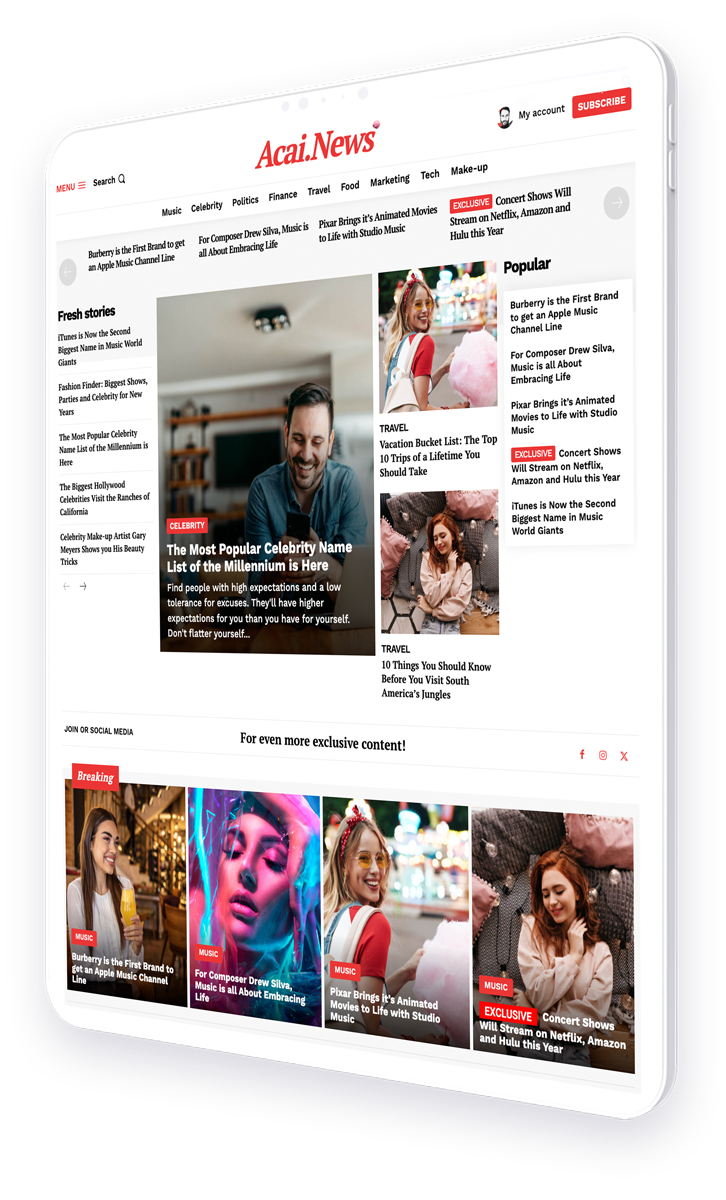Discover How to Balance Search Intent with Emotional Appeal in Magazine Titles
An effective magazine title is a critical element in attracting and retaining readership. In the digital age, where content is abundant, the challenge lies in crafting titles that not only resonate emotionally with the audience but also align with their search intentions. This article explores the delicate balance between search intent and emotional appeal in magazine titles, offering insights and strategies to enhance reader engagement and satisfaction.
In the realm of magazine publishing, the competition for readers’ attention has never been fiercer. With the rise of digital media, publishers must now optimize their titles for both search engines and human emotion. This dual-focus approach requires an understanding of search intent, or what readers are actively seeking, and emotional appeal, which connects on a personal level, triggering a response that leads to engagement.
Understanding Search Intent
Search intent refers to the purpose behind a reader’s query on search engines. It is crucial for magazine publishers to understand these intents to craft titles that are discoverable and relevant. There are generally four types of search intents:
- Informational: Seeking to learn something.
- Navigational: Looking for a specific magazine or article.
- Transactional: Intent to subscribe or purchase.
- Investigational: A blend of informational and transactional, such as looking for reviews.
By aligning magazine titles with these intents, publishers can significantly increase their visibility and attract more targeted traffic.
Leveraging Emotional Appeal
While search intent focuses on the logical aspect of title creation, emotional appeal targets the reader’s feelings and values. An emotionally charged title can be a powerful tool to draw readers. Elements that contribute to emotional appeal include:
- Use of power words (e.g., Amazing, Incredible, Heartbreaking)
- Evoking curiosity or surprise
- Addressing common fears or desires
These techniques can make titles more compelling and memorable, encouraging more clicks and shares.
Balancing Both Elements
The key to successful magazine title creation lies in the balance between optimizing for search engines and engaging the reader’s emotions. Here are some strategies to achieve this balance:
- Identify the primary search intent and use relevant keywords.
- Incorporate emotional triggers that resonate with the target audience.
- Test different titles to see which ones perform better in terms of search visibility and reader engagement.
By integrating both search intent and emotional appeal, magazine titles can become powerful tools in a publisher’s arsenal, driving both traffic and engagement.
Case Studies
Several leading magazines have successfully balanced search intent with emotional appeal in their titles. For instance, a health magazine might use a title like “5 Heartbreaking Stories of Lost Love and How They Found Hope Again.” This title combines emotional words (“Heartbreaking”, “Hope”) with a clear informational intent.
Another example is a tech magazine using a title like “Revolutionize Your Home: The Smart Gadgets You Can’t Live Without.” This title appeals to the desire to modernize and simplify life (emotional) while clearly indicating a focus on smart home devices (search intent).
Conclusion
Creating magazine titles that balance search intent with emotional appeal is both an art and a science. By understanding the different types of search intents and leveraging emotional triggers effectively, publishers can craft titles that not only draw in readers but also ensure their content is easily discoverable online. The key is to continually test and refine strategies to keep up with changing reader behaviors and search engine algorithms.
For more detailed insights on crafting effective magazine titles, visit Content Marketing Institute.
In conclusion, the interplay between search intent and emotional appeal in magazine titles is crucial for capturing and maintaining reader interest in the competitive landscape of digital publishing. By mastering this balance, publishers can enhance both the reach and impact of their content.




